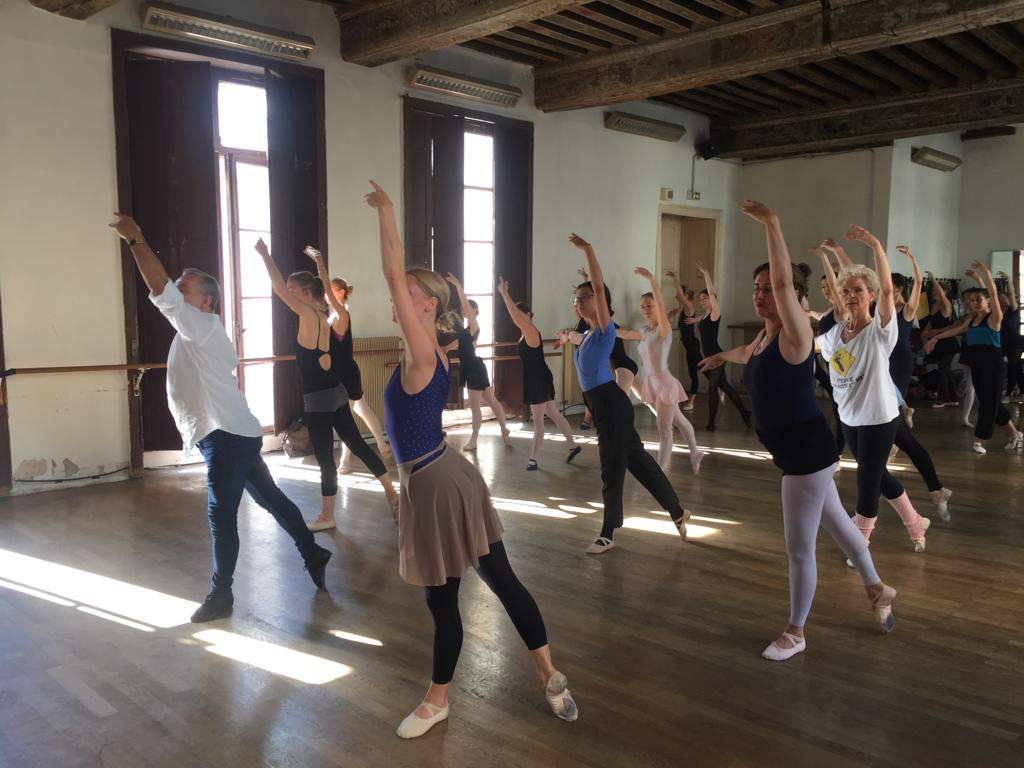Dancing Your Way to Fitness

You’d have to be living under a rock not to have read recently at least one of the several thousand studies proving that exercise increases your energy levels, fights fatigue, and even relieves symptoms of depression.
Well, here’s one from the New York University Grossman School of Medicine that goes even further.
The study, published online May 16 in the Journal of Neuroscience and headed by neurobiologist Guendalina Bastioli, PhD, showed that not only does exercise boost the release of the “feel-good” chemical dopamine in the brain, it also increases the release of a biochemical called BDNF (brain-derived neurotrophic factor) which is involved in brain growth and can improve learning and memory.
Researchers found that laboratory mice running on a wheel for 30 days had a 40% increase in the release of dopamine in the part of the brain related to movement and a 60% increase in BDNF levels to their sedentary counterparts.
Exercise changes your brain
What’s more, the study showed that the benefits of exercise are long-lasting.
Speaking to NYU’s online News Hub, Dr. Battioli said, “Our findings suggest that BDNF plays a key role in the long-lasting changes that occur in the brain as a result of running…Not only do these results help explain why exercise makes you move, think, and feel better, they also show that these benefits continue even if you do not work out every day.”
Maybe you’ve tried the workout routine…running, going to the gym. Maybe it’s such a chore to get into the routine that the beneficial aftereffects (the emotional high, the physical well-being) pale by comparison. It’s just not enough fun.
How about dancing?
A report from the University of Brighton in the UK and mentioned in Time Magazine in 2017 recently suggests you can burn 300 calories on the dance floor. The report’s co-author, University of Brighton lecturer Nick Smeeton, told Time that though running, swimming and other propulsive forms of physical activity use rhythm and momentum to keep you moving, “Dancing demands a lot of energy output because it involves movement in all directions.” That’s also what keeps it interesting!
Dance can even reduce the signs of aging in your brain according to a study published in Frontiers in Aging Neuroscience. The study linked dancing to improved integrity of the brain’s connective tissue, or “white matter,” which tends to break down as we age.
The researchers looked at changes in white matter among older adults who practiced regular walking, stretching, or dancing programs and found that white matter integrity declined among the walkers and stretchers, but improved among those who danced three days a week for six months.
More than aerobics
There’s one form of dance that goes beyond even this, improving grace and flexibility, while improving your memory, coordination, and insight.
Ballet. And you don’t have to be in grade school to start or to benefit.
Adult ballet is a great workout! All that bending, stretching, jumping, and turning exercises elongates and strengthens the muscles throughout your entire body: from toes to core to glutes, shoulders, neck…Ballet improves your posture and alignment, flexibility and balance, and releases happifying dopamine.
And a few other ballet benefits:
It improves your stamina and energy levels. Classes literally keep you on your toes 60 to 90 minutes, progressing from warm-up exercises at the barre, to small jumps and turns in the center of the floor, to larger and larger combinations of movements.
It improves your concentration and memory because ballet challenges you to remember combinations, focus on which muscles you’re using, and find your rhythm. Which foot goes where, and on which musical beat?
You learn another language. Literally. Ballet terms are all in French (You can thank France’s King Louis XIV – referred to as “The Sun King” after a role he himself danced in his court’s ballets at Versailles in the 16th century. When Louis got too old and fat to continue dancing, he founded the world’s first professional ballet school…which continues today as the Paris Opera Ballet).
And because ballet classes and terminology follow the same form and language everywhere in the world, you can take classes anywhere they’re offered and not be an outsider.
It improves your public presentation while also teaching you to know your place. Ballet is about display and engaging with an audience, even a make-believe one in class. You cannot dance if you’re continually looking down at the floor. But part of putting your best foot forward is knowing where it – and the rest of you – belong.
Watching dancers from the Paris Opera Ballet in a class performance on stage recently, I couldn’t help noting that despite dancing in close proximity at the barre and then again in the center-floor combinations, not one dancer encroached upon the space of another.
No out-of-control legs or arms swatting other dancers willy-nilly. And when their stint performing combinations in the center ended, they quickly moved off, making way for the next group to perform. Gracefully.
Why not?
Most metropolitan areas around the globe offer adult ballet classes and welcome both women and men. Online ballet classes have proliferated during Covid. “Ballet fusion” classes, combining barre work with a variety of movements, are becoming popular.
So put those dancing shoes on.
